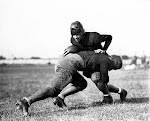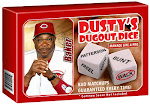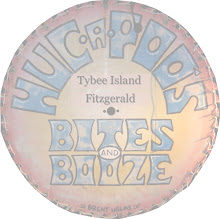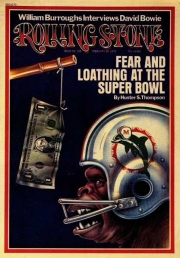 Revisiting to Charles Kuralt's America for November in Rio Grande Valley, New Mexico:
Revisiting to Charles Kuralt's America for November in Rio Grande Valley, New Mexico:
I spent a night in Socorro and walked around the old part of town the next morning. What you learn in Socorro is that the Spanish colonizers had a streak of stubborn survival running almost as deep in them as it ran in the bloodstreams of the native tribes they encountered. In 1615, five years before the Pilgrims landed at Plymouth Rock, some Franciscan friars started building the Mission of Nuestra Senora del Socorro, "Our Lady of Help," with the usual Franciscan intention of rounding up the local Piro Indians and Christianizing the daylights out of them. The Piros and the newcomers managed to hit it off, and things were going pretty well for the settlement until about the time the mission was finished.
The Apaches, the Huns of the North America, came riding down out of the hills, looted the livestock, and burned down the houses. The Spanish rebuilt. The Apaches raided. After sixty years of this, the friars sighed a deep Franciscan sigh and decided they'd had enough. They abandoned Socorro and headed south toward Mexico where they had come from. The Piros, having to choose between the Spanish and the Apaches, made the choice you and I would have made: they went south with the Spanish.
Free now to destroy the mission, the Apaches did so at their leisure and went off to pillage elsewhere. The empty ruins of Socorro baked in the sun for 135 years.
But I said the Spanish were stubborn. In 1815, they came back. So did the Apaches, of course. The Spanish rebuilt the mission. The Apaches tried to destroy it again, and never stopped trying until they and their great war chief, Geronimo, finally surrendered to the U.S. Cavalry in 1886.
Tags: Charles Kuralt, America, New Mexico












.jpg)






No comments:
Post a Comment